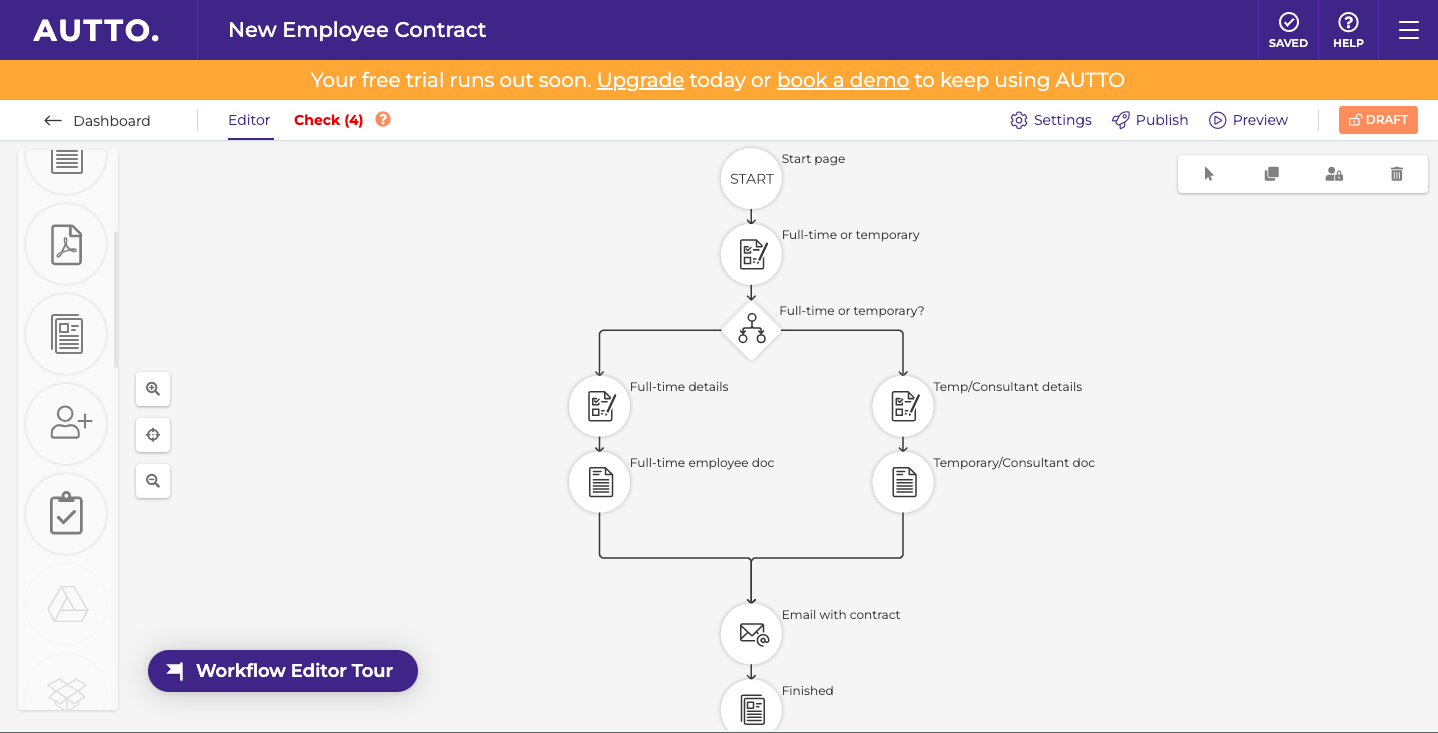Legal document automation is a boon for law firms, paralegals, and even consumers of legal services. In the past, lawyers spent a lot of hours creating and managing legal documents. But with the invention of legal document automation tools, lawyers can now free up their schedules and focus on key business areas.
An in-house lawyer is an extremely expensive resource to be deployed on searching for Word documents and PDFs from shared drives and sending them out to colleagues or clients. What makes it worse is when the query is vague, or missing information, making it even harder for the legal team to find and share the appropriate contract.
One of the best ways to improve this process is by setting up a self-serve workflow using contract automation.
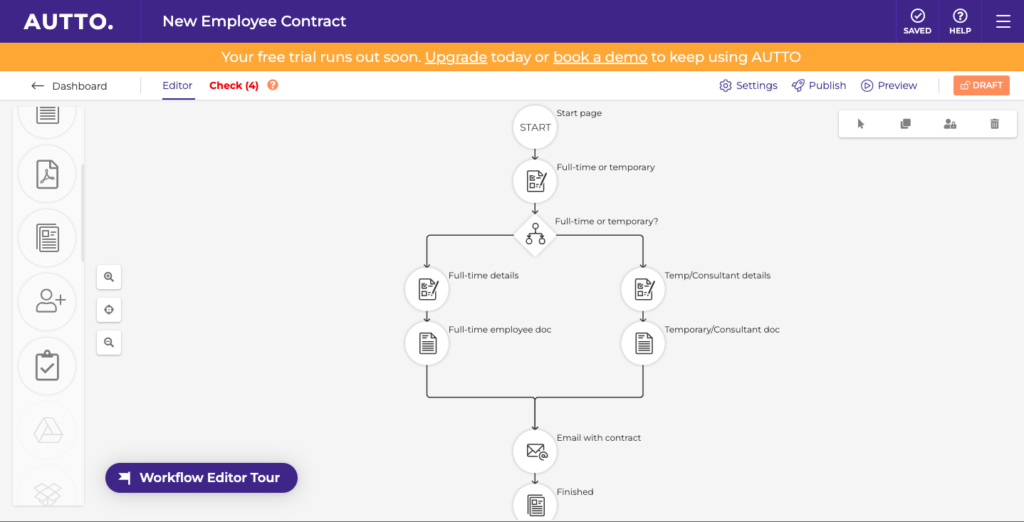
How AUTTO Solves Contract Generation
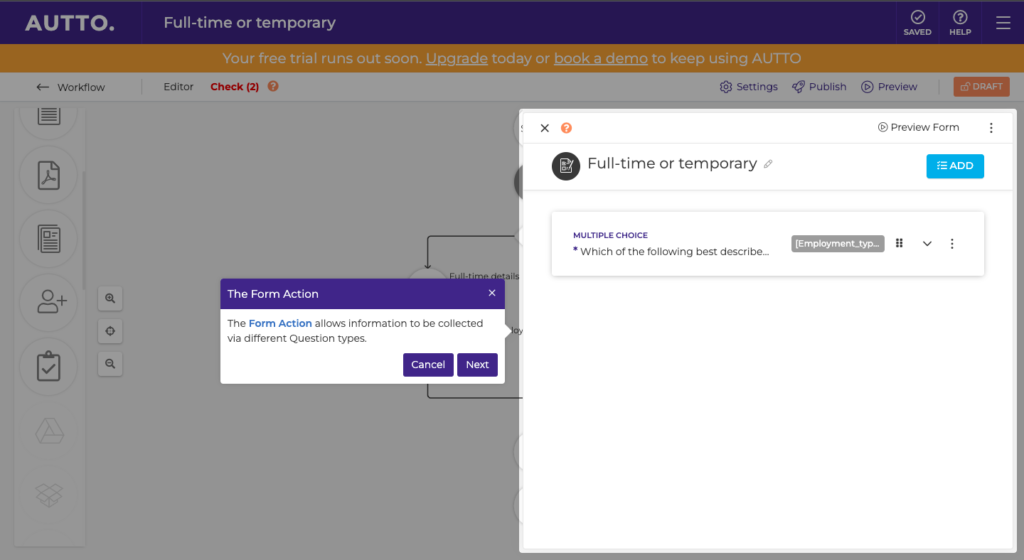
1. The challenge:
High turn-around time for documents which can slow down business deals. For both business users and the legal team, the manual collection of client data for the contract is time-consuming and repetitive.
How AUTTO solves this problem:
AUTTO builds in smart, dynamic forms with complex rules and conditional logic, allowing information to be collected via different question types. You can also add, subtract, and edit entire clauses, as well as calculations, empowering business users to self-serve without requiring input from the legal team.
2. The challenge:
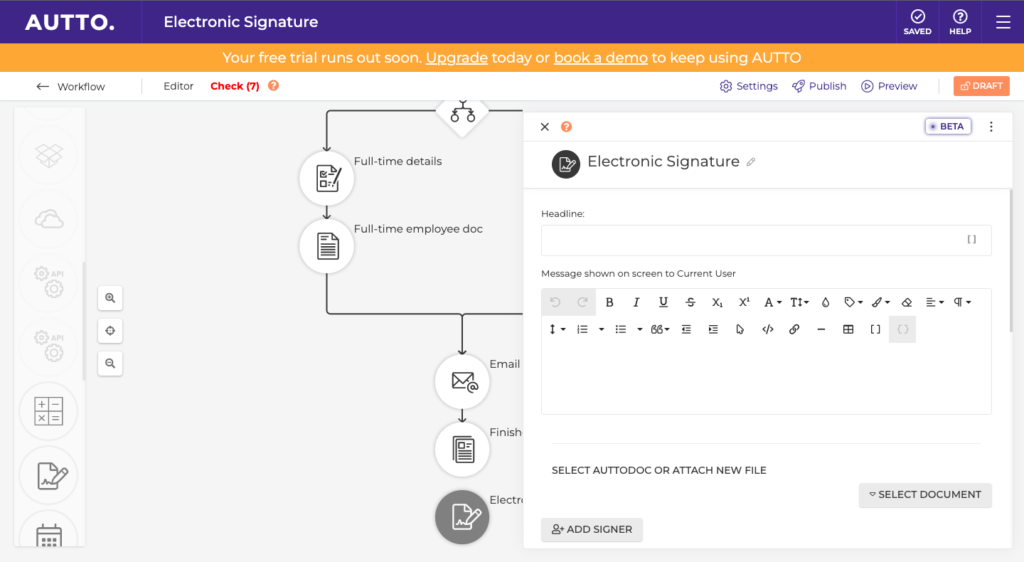
Clients experience a tedious and lengthy contract signing process by having to download, sign and re-send their contract.
How AUTTO solves this problem:
Set up your free Eversign account and add electronic signatures for your documents within the AUTTO workflow, providing an effortless experience for clients and reduce friction and time to execution.
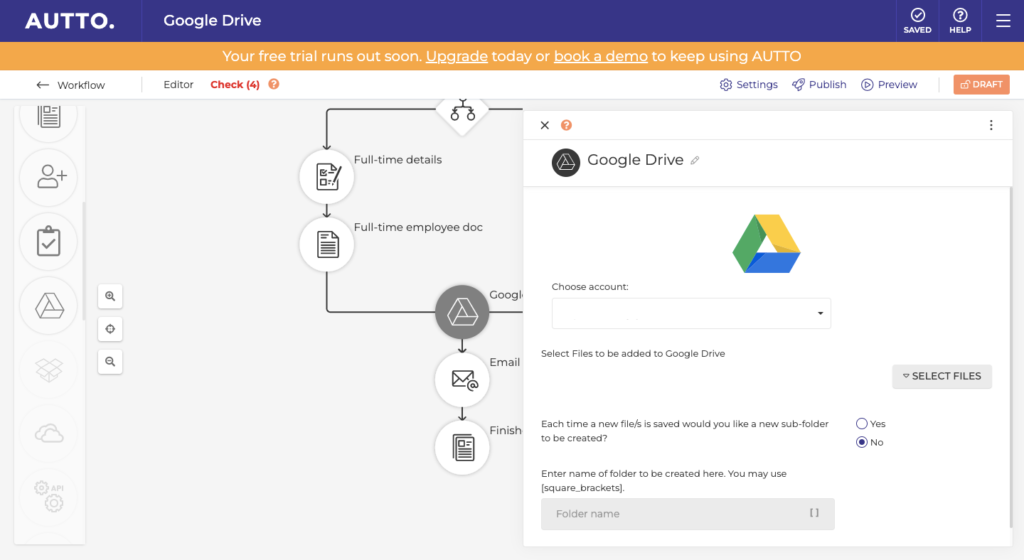
3. The challenge:
Minimal visibility on the finalised document post-signature.
How AUTTO solves this problem:
Generated and signed documents are all stored in AUTTO and can be sent to store in our integrated document systems such as Google Drive, One Drive and Dropbox.
The contract workflow approval process
Sending a contract for approval can be painful. From miscommunication to loss of version control and long delays – the manual contract approval process has many flaws. However, given the important role that contract approval plays in getting contracts over the line, it’s a stage that legal and business teams can’t afford to overlook.
With AUTTO’s automated approval workflow for contracts, reviewing and approving contracts has never been more straightforward.
1. Draft your contract
The first step to automate the process is creating a new draft either from scratch or by using one of our pre-populated legal templates.

2. Share your draft with viewing or editing rights
You can now get input from others by sharing your draft. Let them check, comment, and add on what you did first. You can invite new collaborators by pressing “Invite User” on the settings menu located on the top bar. If you add a user, you can choose whether to give them editor or viewer rights.
- Go to the draft view in the editor, click settings, click publishing settings
- Select the user group / invitation required, then click update and okay on the follow up prompts
- Click the publish rocket and the publish button
- Go to the published view in the editor, click settings and then invite user
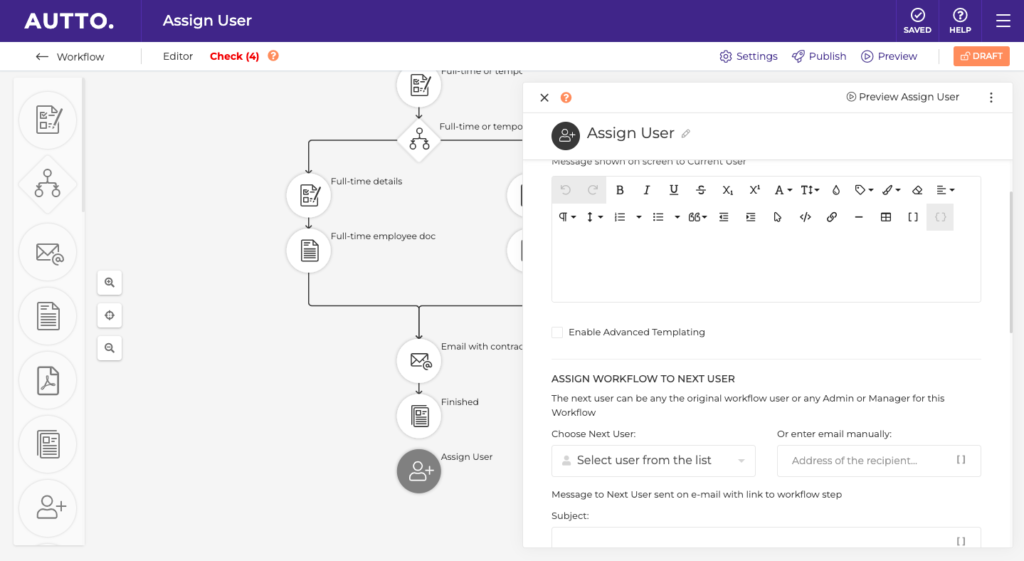
A task email action (with the contract attached to the email) would take care of the approval step.
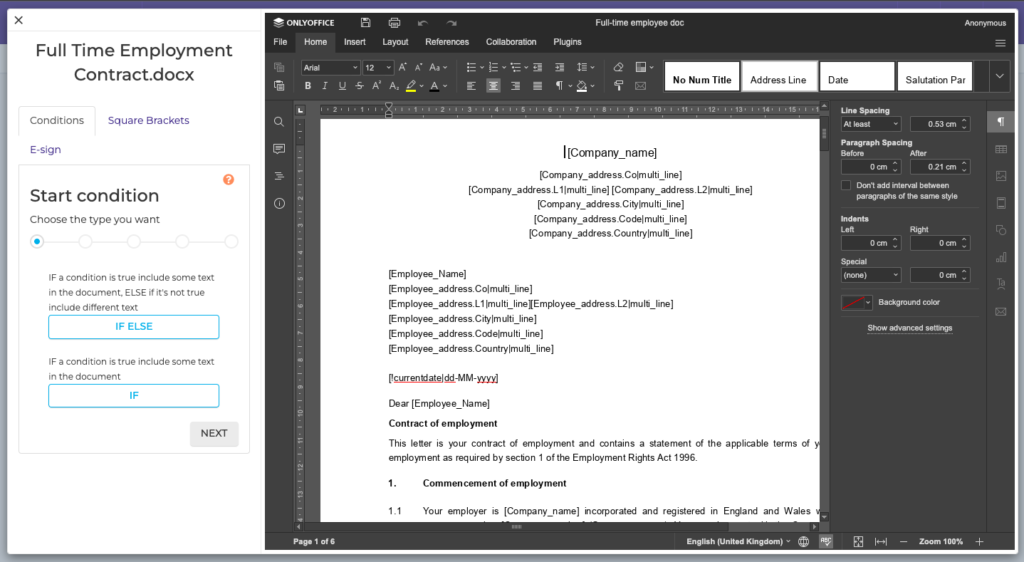
For an approver their experience should be straight forward. AUTTO sends an email with the contract attached and they can approve/refuse it simply by clicking a button.
The attached contract can be one generated by AUTTO or it can be one that gets uploaded to AUTTO for the legal team to review before signature.
The contract approval process in a nutshell.
The manual practice of contract generation and the contract approval process will not only be a strain on resources but could compromise your compliance and security.
Document Automation software like AUTTO can automate the entire workflow — from creation, approval or rejection, revision, and signing. This way, your team can process contracts easier, faster, and most importantly, risk-free.
To find out how to automate your contract workflows with AUTTO, click on the link to book a free demo
